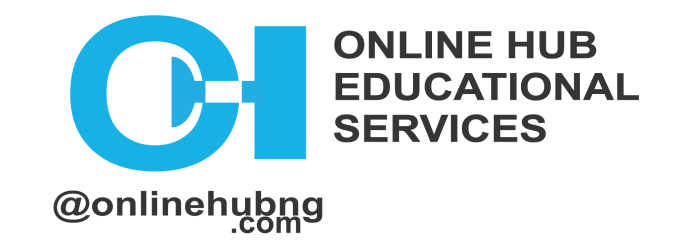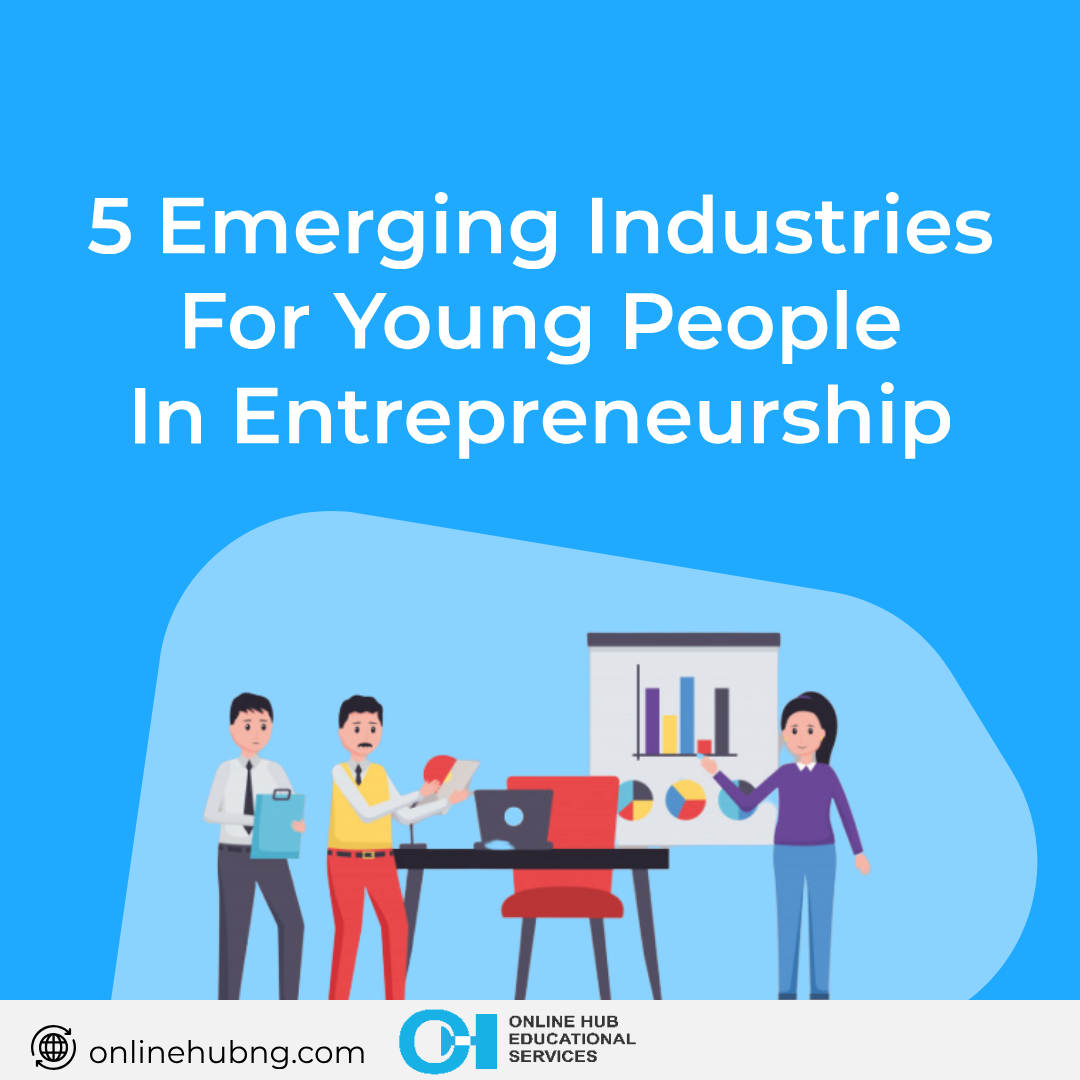
Educators often lack participatory roles and responsibilities in the edtech ecosystem and assume consumptive roles with little agency. For example, classroom educators have felt edtech developers and school/district purchasing processes do not consider teachers’ and students’ individual educational needs. In many cases, the purchasing customer is not the end user, meaning the individual teachers and students who implement and use the new product are likely to have had little input into the initial decision to buy it. This disconnect has significant implications for implementation (e.g., will the teacher/student buy into the process, or get enough support to be able to use the product properly?).
Meier described how school administrators are unfamiliar with the need for content-specific or grade-level uses of technology. Thus, administrators often conceive of technology as a whole-school

Government policies, practitioners, and researchers have begun to call for edtech entrepreneurs and educators to broaden their professional work and perspectives, what I refer to as “edgework” across professional boundaries, in order to contribute to collective efforts toward development and adoption of edtech innovations that positively impact students. From a sociological perspective, edgework involves facing unfamiliar edges, barriers, or risks as well as finding or creating supportive bridges between professional practices. Many of the new programs working to open up communication between the various stakeholders in edtech involve university-based incubators, district-startup collaborations, app or hackathon competitions, and edtech startup pitches.
While these various projects all collectively aim to bring together “entrepreneurs, investors, researchers, and education practitioners, with the goal of fostering innovations that can help schools” little research is being conducted across these endeavors. Among the incubator initiatives, only Kurshan indicated that longitudinal research activities are underway at EDSi, an edtech incubator established at the University of Pennsylvania Graduate School of Education, but no research findings have been released or published yet.

There is limited evidence of a district/school collaborating with an app company to develop and scale up innovations to solve immediate and local problems. For example, the Leadership Public Schools CEO partnered with nonprofit edtech firm, Gooru, to advance personalized learning in the classroom through redesign and scale-up of the Gooru technology. This collaboration was successful because;
- it allowed instructional practices to guide technology development,
- it embedded the teacher who developed the personalized learning model into the Gooru edtech team,
- it frequently conducted classroom-based testing of new design elements in the Gooru product, and
- each organization prioritized the collaboration.
It remains to be seen how scale-up of Gooru to other school districts will progress and if similar gains can be achieved elsewhere.
On the other hand, an external evaluation of Gap App, a competition in which app developers created and submitted apps to fulfill identified educational gaps in the New York City schools found the process was not user-driven by the teachers who piloted the apps. Instead, the initial problem identification (which guided app development) was led by a firm external to the district and involved only a few teachers who were not the ultimate app users. Thus, the teachers who piloted the apps had little agency in development conversations
In New York City schools, Hodas noted that evening shark tanks, a type of pitch event where startups share their innovations with students, parents, teachers, and administrators and received feedback from these target adopters were the “most popular” among startups, but no evaluation data was provided to illustrate how these innovations might have impacted edtech product development or adoption into classrooms.
These emergent programs explicitly include educators within the edtech innovation activities with the aim of opening the edtech ecosystem to educational perspectives and needs from predominantly teachers and administrators. So far, the outcomes seem uneven at best and more unknown due to a lack of empirical research on these endeavors.
Source: Learning Across Boundaries: Educator and Startup Involvement in the Educational Technology Innovation Ecosystem by Joan E. Hughes




